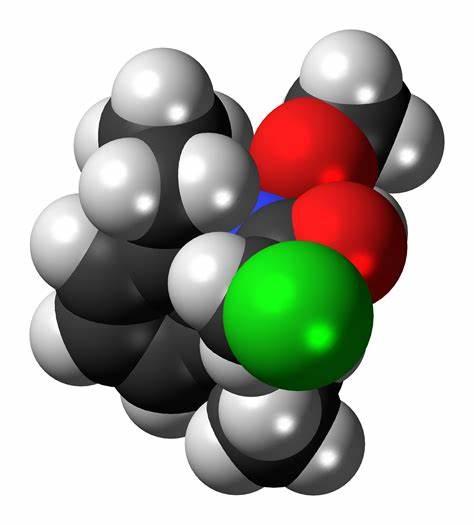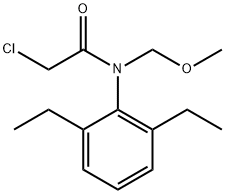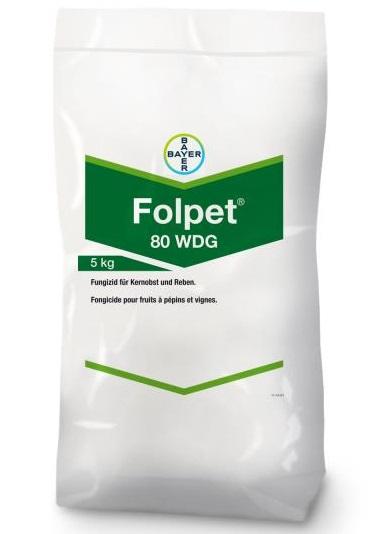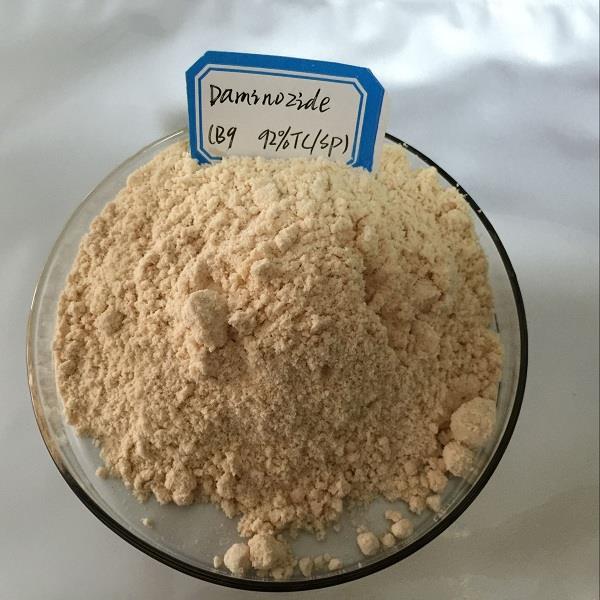Alachlor Toxicity
Alachlor is a preemergence herbicide registered by Monsanto in 1969. Alachlor was banned as an herbicide in the European Union in 2006.

Uses
Alachlor is one of the most widely used herbicides in the United States and is used as an herbicide for grasses, broadleaf seeds, corn, sorghum, soybeans, peanuts, cotton, vegetables, and forage crops.
Environmental Fate
Alachlor has a low persistence in soil, with a half-life ofz8 days. The main means of degradation is by soil microbes. It has moderate mobility in sandy and silty soils, and thus can migrate to groundwater. The largest groundwater-testing program for a pesticide, the National Alachlor Well Water Survey, was conducted throughout the last half of the 1980s. More than sixmillion private and domestic wells were tested for the presence of alachlor. Less than 1% of all of the wells had detectable levels of alachlor. In the wells in which the compound was detected, concentrations ranged from 0.1 to 1.0 mg l-1, with themajority having concentrations≈0.2mg l-1.
Alachlor is relatively stable to hydrolysis and photolysis in water, and degradation in water is not considered as an important environmental fate process. Alachlor appears to be persistent under aquifer biological and geochemical conditions. This means that alachlor can appear in groundwater years after use and can migrate with groundwater away from use areas. Alachlor contamination has resulted in loss of untreated groundwater as a source of drinking water in Florida and other states. The bioaccumulation factor in the channel catfish is 5.8 times the ambient water concentration, indicating that alachlor is not expected to accumulate appreciably in aquatic organisms.
Toxicity
Alachlor is corrosive and causes skin and eye irritation. Allergic reactions can occur in some individuals with repeated or prolonged skin exposures. In mammals, alachlor appears to form conjugates with glucuronic acid, sulfate, and glutathione (mercapturic acid). It has been postulated that metabolism of alachlor to form the putative carcinogenic metabolite (diethylquinoneimine) is responsible for the production of nasal tumors in rats. Differences in metabolic capacities result in much high levels of diethylquinoneimine in the nasal mucosa of rats compared with other species.


